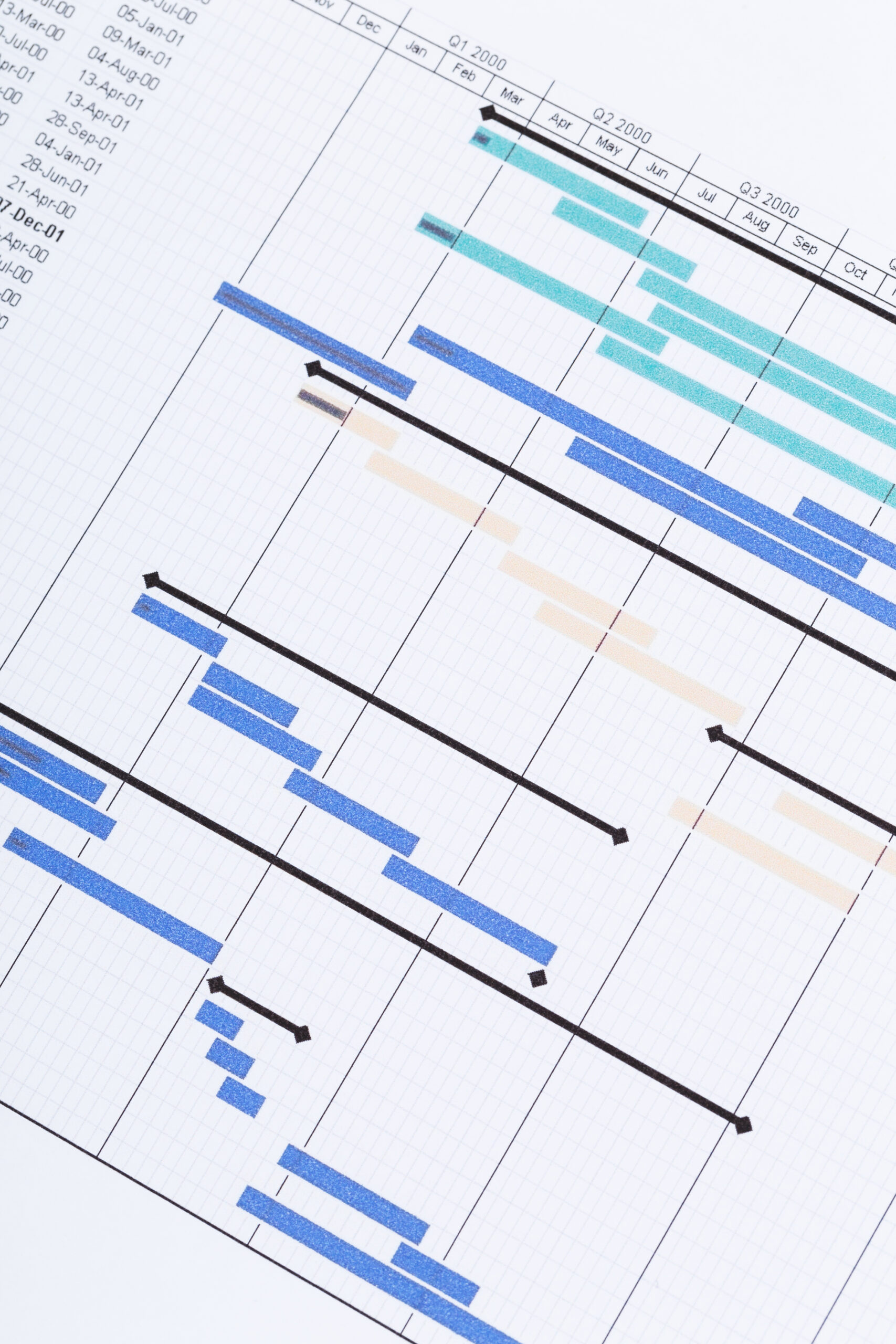Starting any project requires a robust strategy, especially in the realm of BIM. The BIM Execution Plan provides a thorough roadmap, directing the project team on how to integrate BIM efficiently across diverse construction management stages.

Accuracy, timeliness, and safety are paramount in construction endeavors, yet the intricacies involved make them challenging. Taking cues from sectors like automotive and aerospace, 3D modeling offers teams the chance to craft a digital mock-up, ensuring a more predictable design and construction flow. Beyond the flat dimensions of 2D, 3D modeling empowers teams to scrutinize designs from various angles, offering perspectives that reveal complexities from every vantage point.

Drones offer construction crews a bird's-eye perspective of work areas, equipment, resources, and personnel. These aerial devices serve multiple purposes: enhancing stakeholder transparency with visual content, bolstering safety by surveying and examining inaccessible locations, and employing photogrammetry to provide tangible insights, such as cut/fill evaluations.

If an image speaks a thousand words, then a 3D model conveys a million. In a fiercely competitive sector, BIM technology is the ace up one's sleeve. While BIM enables General Contractors (GCs) to fulfill client demands, it also paves the way for them to exceed and captivate property owners.

Estimation using model-based techniques leverages 3D modeling, moving away from conventional 2D sketches, to deduce quantities and formulate cost projections. As modifications are introduced to the model, cost estimates can be swiftly, and at times automatically, adjusted. This capability provides estimators a real-time view of financial impacts as design alterations occur, a process commonly termed as iterative estimating.

BIM oversees the data related to a building, equipping Facility Managers (FMs) with the insights needed to make knowledgeable choices throughout the facility's lifespan. This encompasses aspects like spatial utilization, layout planning, upkeep of equipment and assets, energy use patterns, and optimizing costs.
BIM Coordination BIM Coordination and Clash Detection form the core of many BIM-centric endeavors. They streamline the integration of diverse models from fields like Mechanical, Electrical, Plumbing, Fire Protection, Structural, and Architectural systems. This approach aims to preempt construction challenges even before the building phase commences.

4D Scheduling 4D integrates the temporal element of the construction timeline into the 3D model. It connects each task from a Gantt chart, created in scheduling tools like Primavera or Microsoft Project, directly to the BIM.

Laser Scanning is pivotal for refurbishment or extension tasks. Through this method, lasers capture detailed measurements of a specified area. This gathered data, termed as a point cloud, offers an intricately detailed digital footprint. Such precision-driven records can then be transformed into a 3D model, streamlining the alignment between present conditions and the intended design, minimizing potential construction discrepancies.
Copyright © 2025 Great BIM
Powered by Great BIM